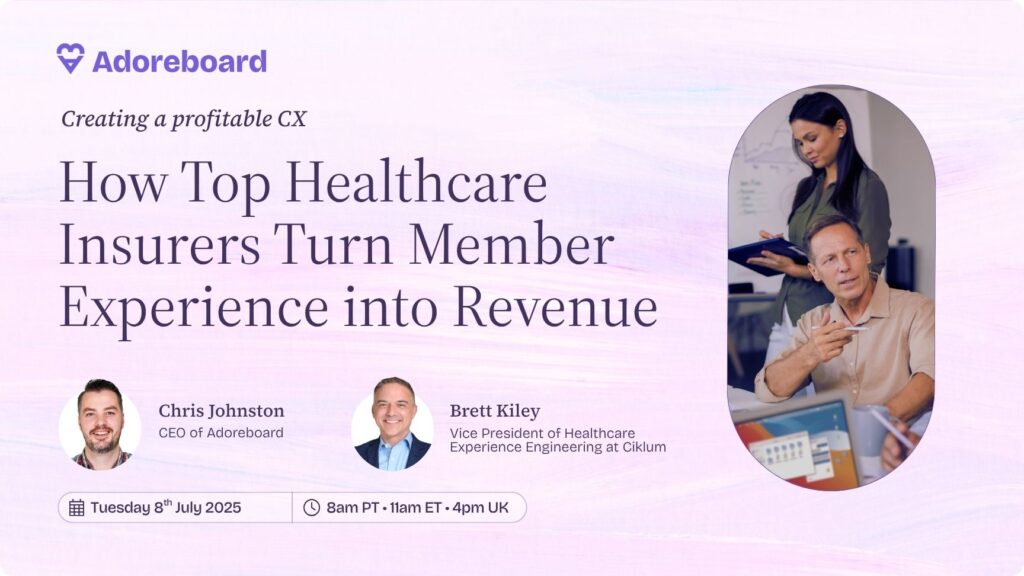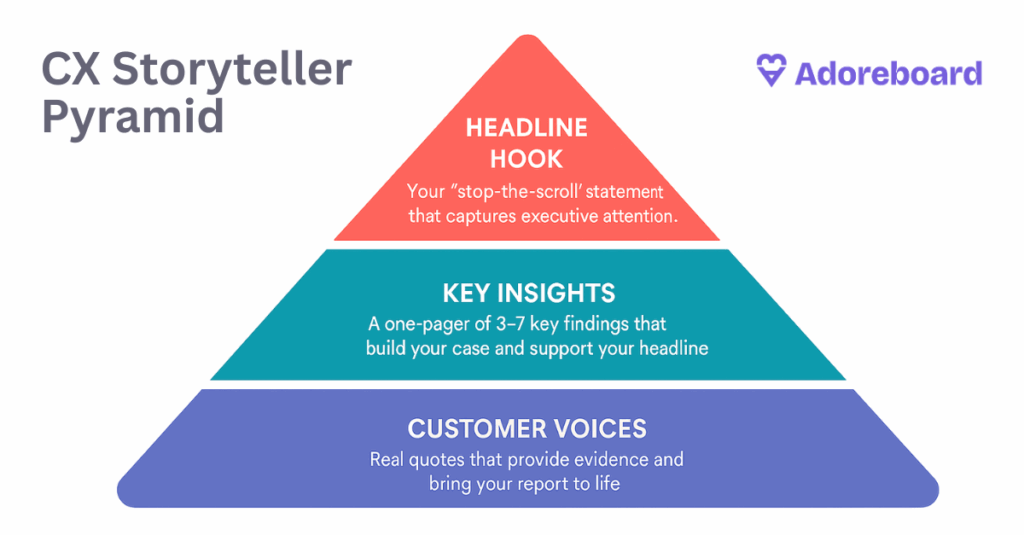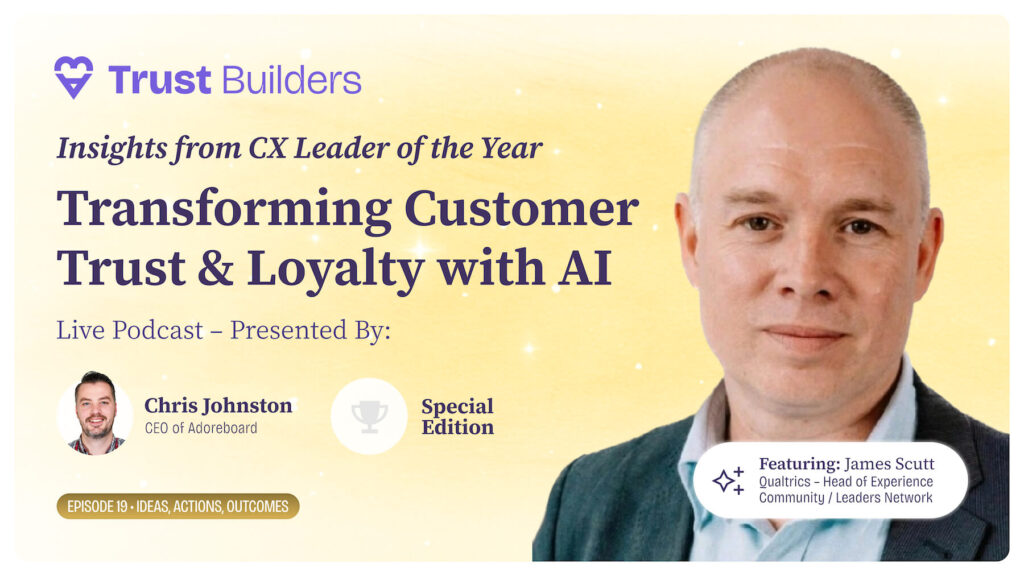We all know that brands work extremely hard to develop and build their identities. Does this effort sit with what customers feel about brands? When people buy goods or services, they often use concepts as reference points to make comparisons. These mental connections using concepts such as price, good service or high quality provide helpful cues to evaluate the value of one product over another.
Every brand marketer knows that building emotional concepts like trust, joy and excitement all help to create lasting bonds between a brand and its customer. The explosion of big data provides new opportunities to capture and understand what concepts customers are expressing about brands online. Marketers have the ability today to leverage these insights in new and exciting ways – to ensure alignment between brands and customers, provide new measures for marketing campaign evaluation and to compare with competitors to inform ways to differentiate.
Marketers have a clear understanding of what their brand represents. After all, they have spent effort and resources to ensure the brand stands out from the crowd. Creative campaigns are created to distinguish their brand identities and key ‘concepts’ are communicated to potential customers. But do these match what consumers feel and experience about their brand? And is there a new marketing technique available to ensure it does?
We’ve identified two trends, which help us discover how. Both point to a need for transformation within marketing. Both use data analytics to extract and understand what concepts customers are expressing. Both will facilitate ‘data driven’ marketing decisions. We are calling this the age of ‘Concept Marketing’ more on that a little later.
Traditional marketing is dead (not for the first time)
We all remember the classic adverts. Proclamations that ‘Tips make you Fit’ a reference to cigarettes,”Guinness of Good for you” and “A Mars a Day helps us work, rest and play.” All speak to an age dominated by vertical influence. That is that information flows from the top, down – where big Governments and big companies use big media to communicate information to their public. In summary, the “Bigs” has the power to set the agenda, change mind and shape behaviour. The tools for achieving this were through large media advertising be it TV or print media. The trend in the last part of the decade has seen a significant decline in this. Big data and social media have fundamentally changed this.
This has given rise to the first trend of “horizontal influence” or a fancy way of saying that consumers now control when, where and how they consume media. In summary, consumers are less trustful of brands. As a result consumers are more active in seeking out information on brands on review sites, expressing their thoughts online or recommendations. This activism has made it harder for brand ‘concepts’ to resonate as customers seek out more genuine and authentic brand experiences. You only have to quickly look a recent trends, to see that consumers are tuning out:
- TiVo has amassed 4.2 million ad-skipping subscribers
- Netflix has over 29 million subscribers with no ads
- Apple has sold more than 400 million iPods with iTunes features content, no ads!
- The most popular Firefox browser plug-in blocks online ads
- So as a brand what do you do about this?
In marketing, the old way of doing things could be labelled as ‘Inside Out’ thinking. Marketers make assumptions about their customers, and these underpin the creative ideas for campaigns.
Using big data marketers can adopt – what we see as the second trend as – ‘outside in’ thinking. Here the customer informs what the marketer should do. Using data analysis, the marketer can uncover connections between customer’s emotions and brands. This not only helps brands understand the key emotions and concepts that are express towards them but also its nearest competitor. By connecting millions of data points from social media and online news, it can offer a reflection of consumers thinks about your brand. This should be the starting point for any creative, any campaign. Every campaign should start by understanding customers feel and what they think. Using data in this way promises to make available brands ‘moment of truth’ in real-time.
So where does Concept Marketing fit into this?
Concept Marketing represents the new way of conducting ‘Outside In’ thinking using advanced data analytics.
As a marketer, you work hard to define the attributes that represent your brand. The right data analysis can reveal the strengths and weaknesses in the concepts that represent your brand. If the concepts revealed are desirable these can form the basis for new creative campaigns, if not you might want to think about repositioning or making improvements. You can use data analysis to do this by understanding the most commonly used concepts linked to your product or service. This information could be continually monitored to keep tabs on any major shifts in how people feel about your brand.




